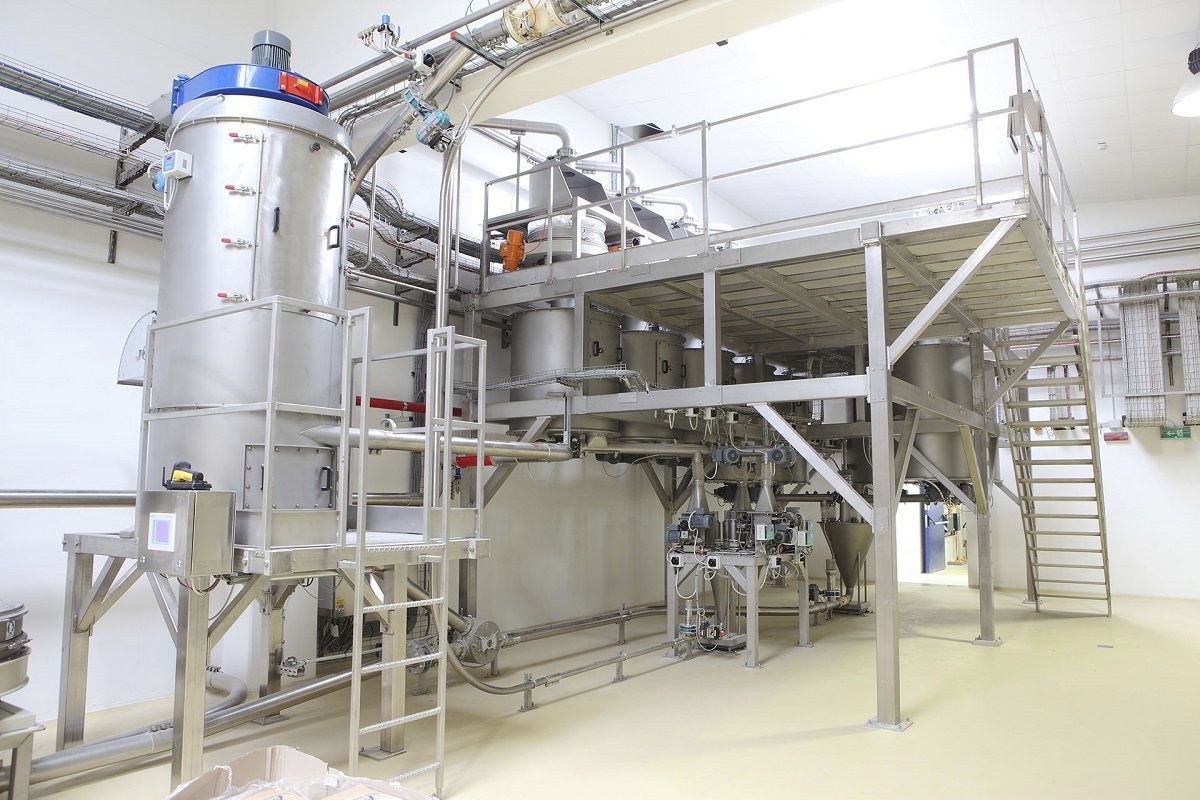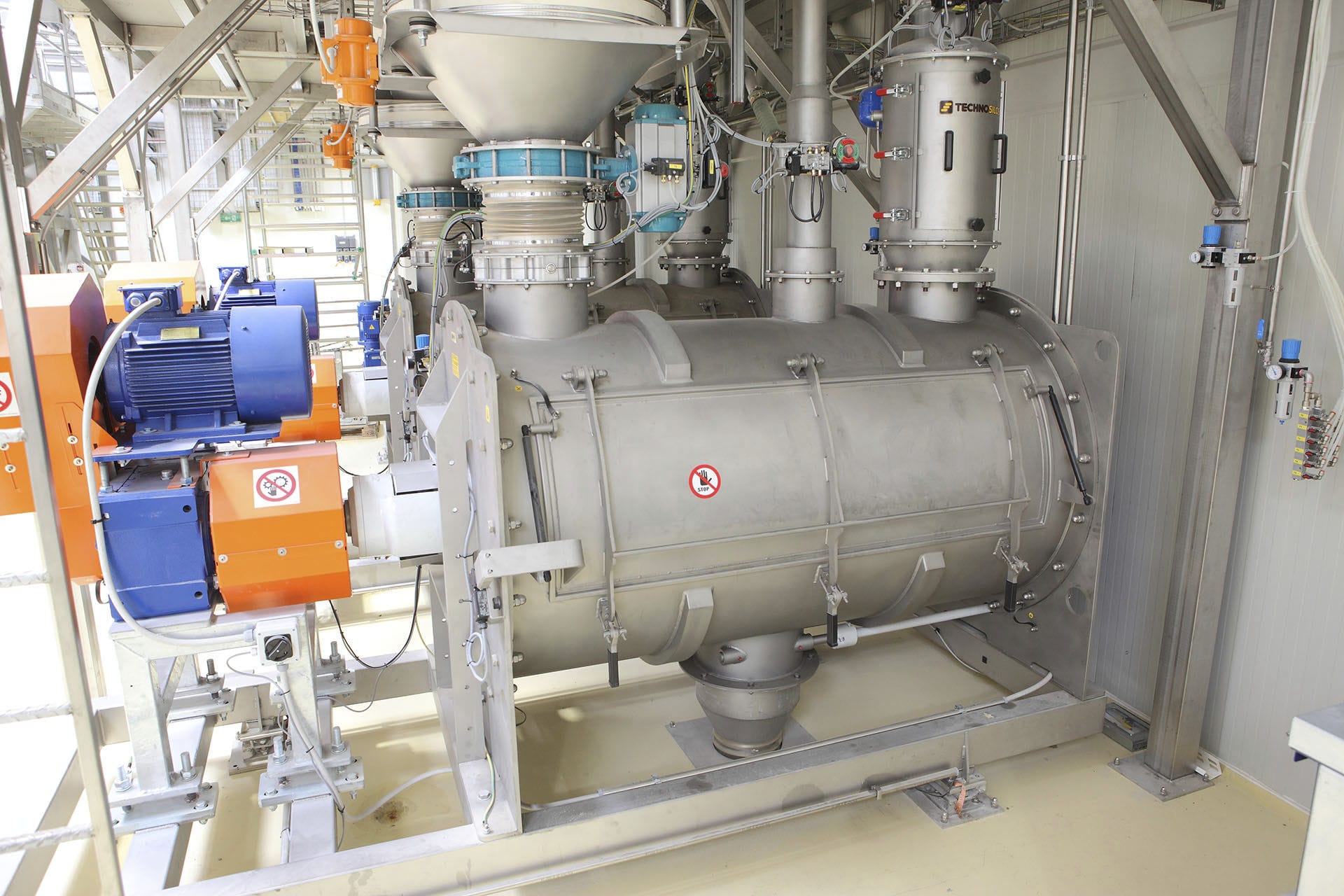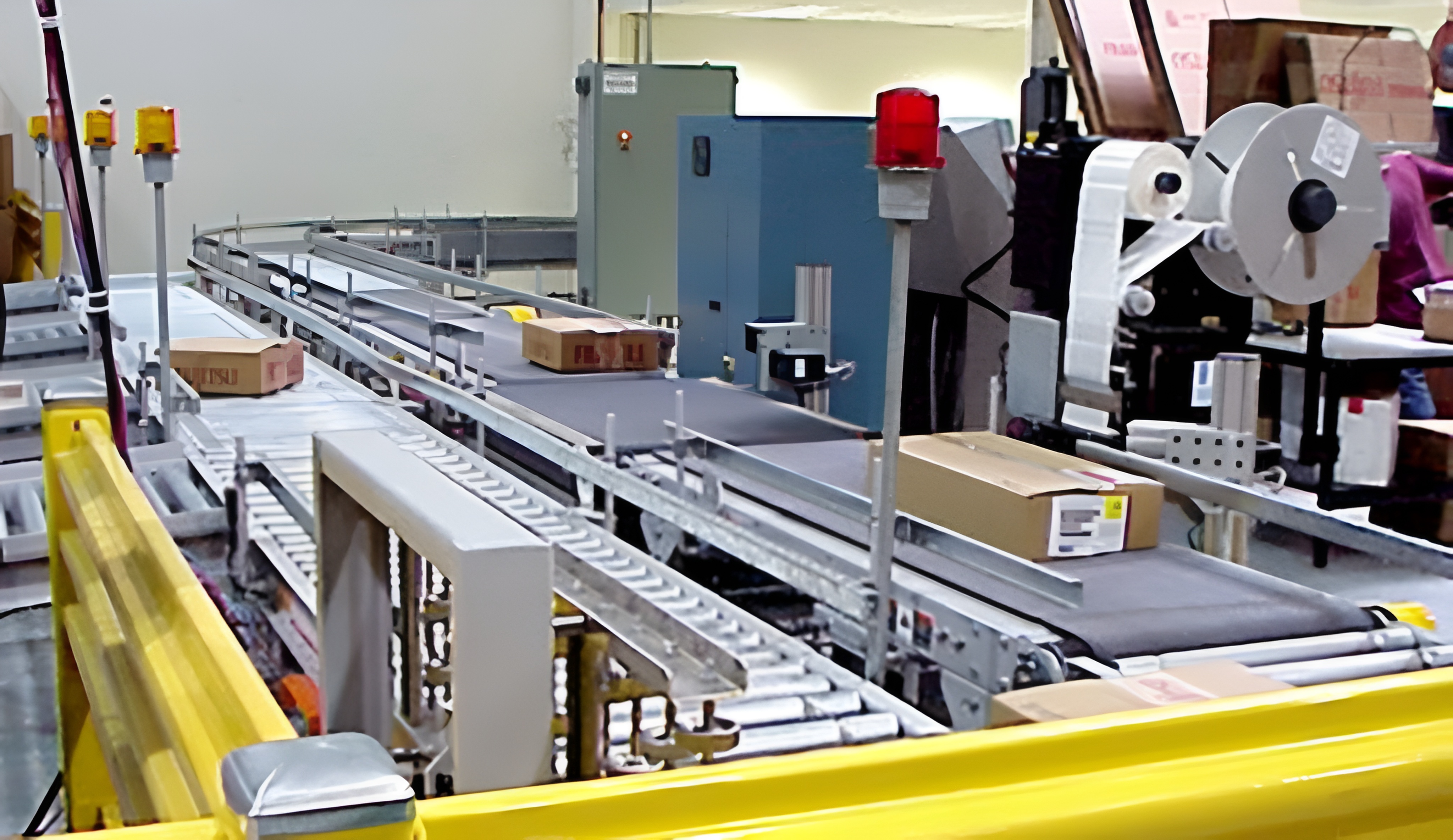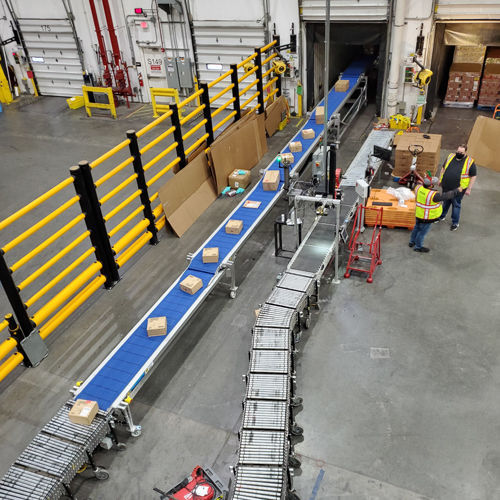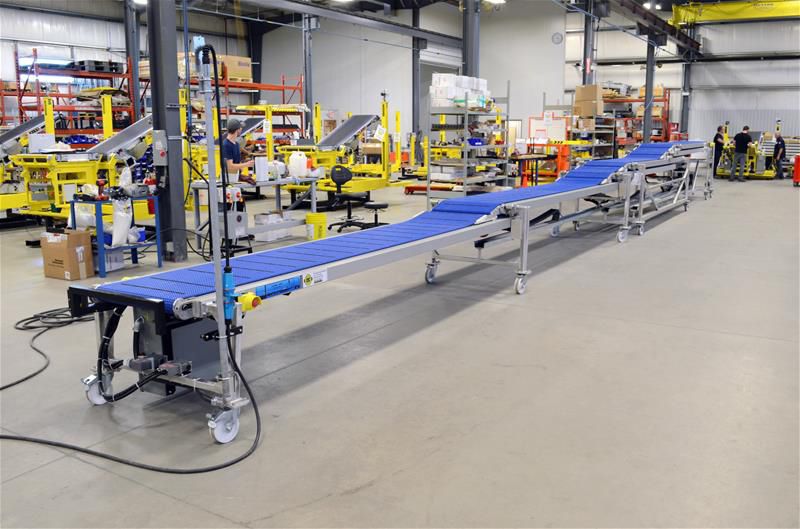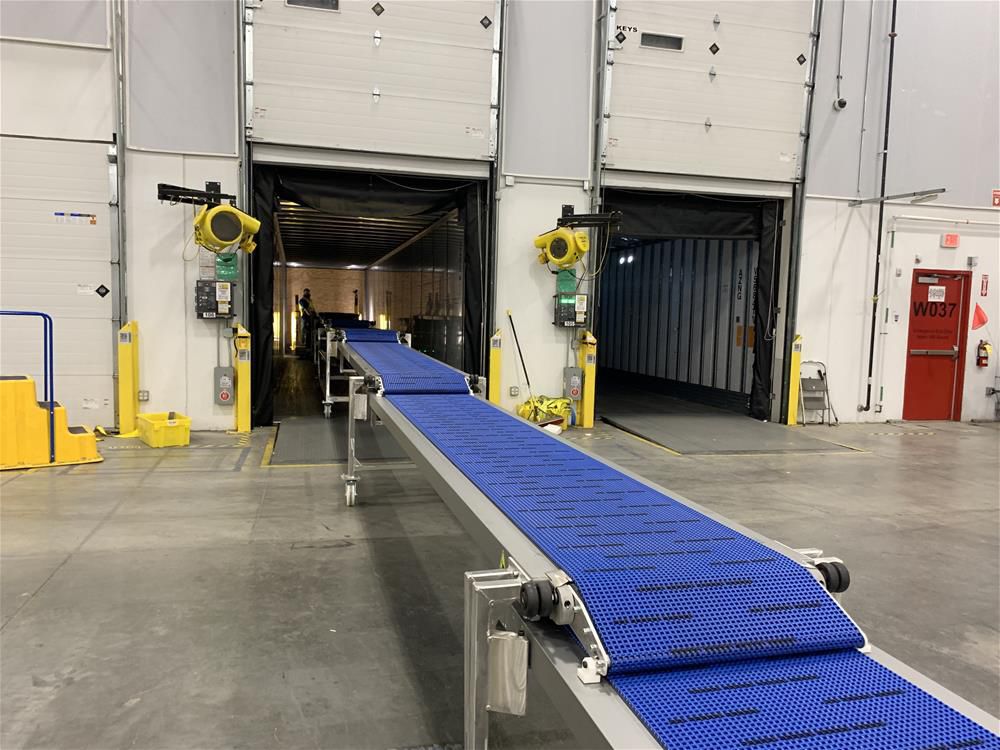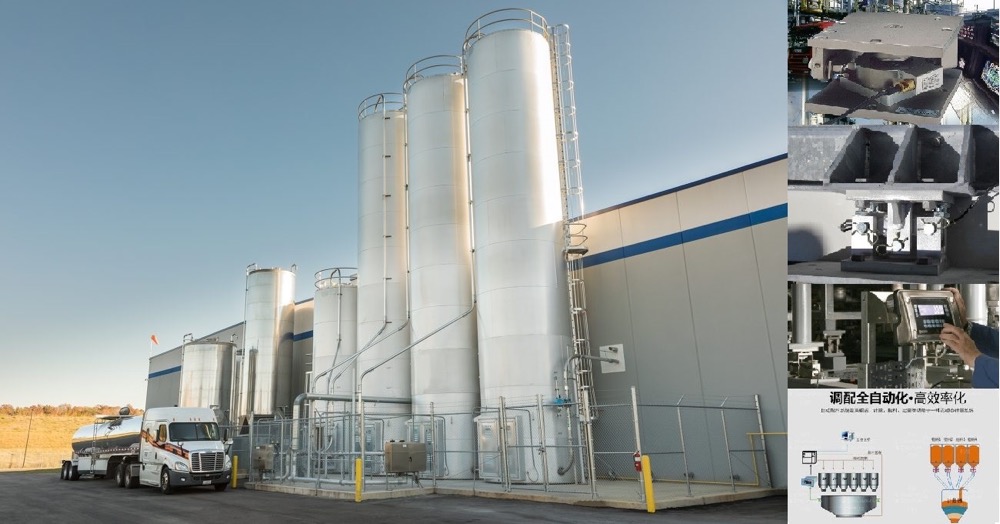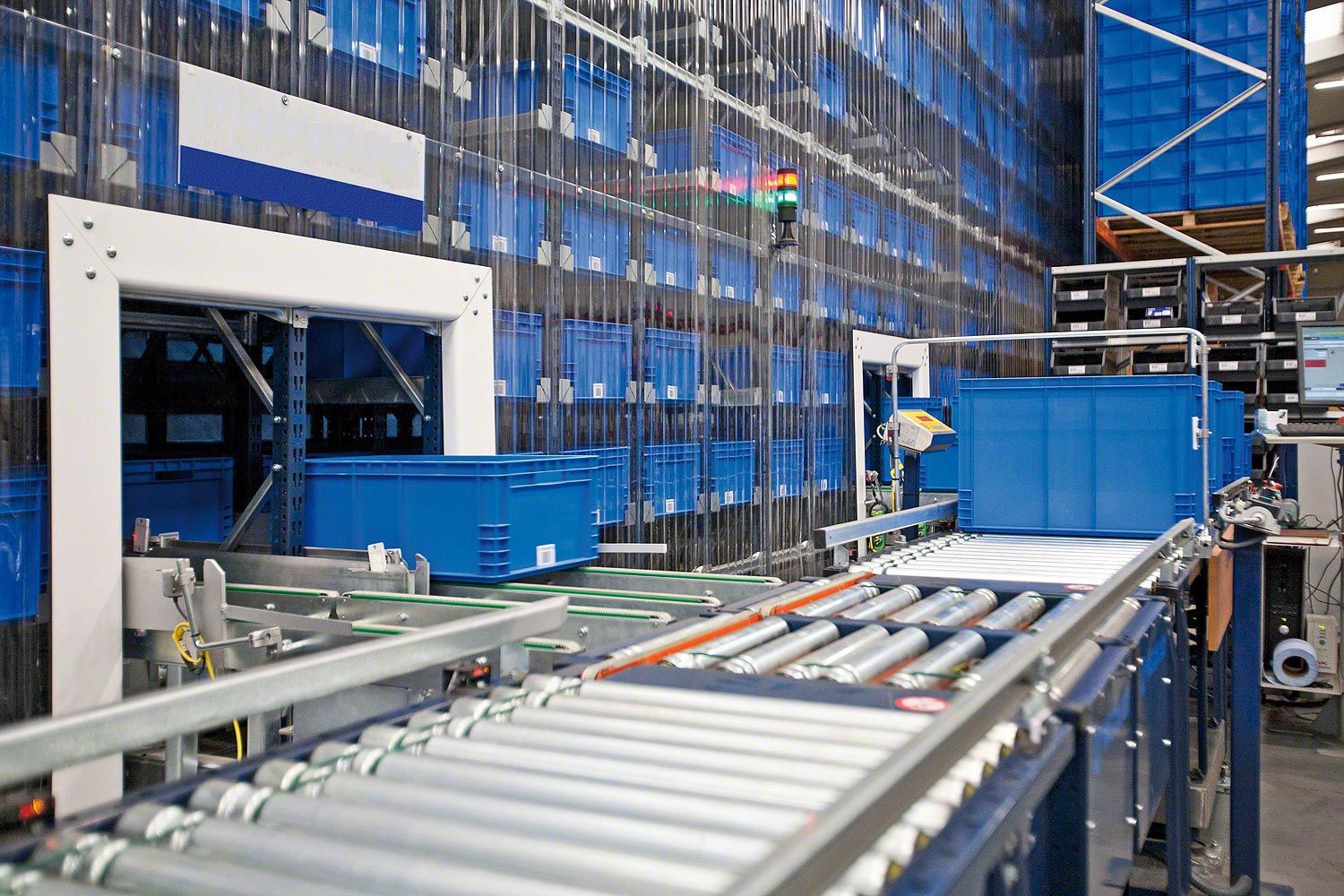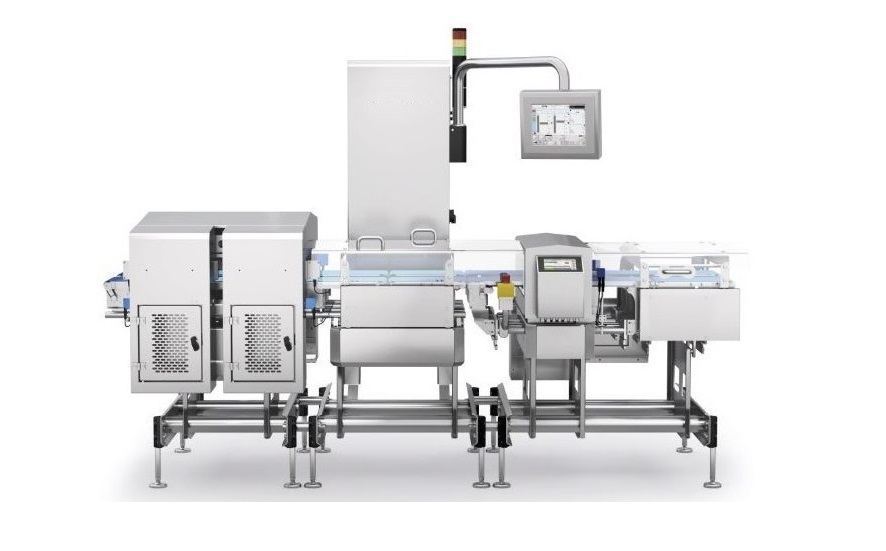

The weighing conveyor feeds the measured value as an input signal into a calculating device with multiplication and integration functions. The belt feed detector, integrated controller and drive unit, the coal charging detector, belt feed detector and drive unit are installed as parts of the feeder, the loading detection unit consists of a bearing roll and two weighing modules, two weighing modules measure the mass (gravity) of the precision weight table and transmit the signal to the integrated controller, and the signal of each sensor is consistent with the previous data. The signal of another sensor is compared, thus testing the effectiveness of the signal, if the signal is effective, the signal is multiplied by the correction factor to obtain the actual mass per unit length of the belt.
 020-34563445
020-34563445The feeding system of the weighing conveyor consists of two belt machines PD1 and PD2, a Feeder YV, two motors M1 and M2, and four deviation switches R1, R2, R3 and R4. The feeding system is composed of PLC, Weighing system and electric actuator. The electrical actuator is responsible for the specific implementation of the control, receives the control command from the PLC, and then the relevant contactor contact is closed or disconnected, the circuit is switched on, and the equipment gets power and then operates. If the single equipment fails, the operator can use the control panel to perform emergency braking, or the equipment can be manually stopped. PLC is the core of automatic control, and all automatic control content is realized through its programming.
The control system mechanism first retransmits the material on the conveyor belt of the feeding system to the weighing module to convert the voltage signal, and then the transmitter converts the weak voltage signal into the standard analog voltage signal and sends the A/D module to the digital signal for PLC processing and analysis, and then controls the frequency converter, which realizes the speed control of the motor of the feeding system.
System control analysis
(1) When the system is started, material accumulation and idling of the conveyor belt should be avoided, and different starting methods should be selected according to whether there are materials when the two conveyor belts are started. In order to reduce the impact of starting current and power grid voltage fluctuation, the inverter is used to adjust voltage and frequency.
A.d1 no material, PD2 no material when the two conveyor belts are no material, start PD2 first and then delay the start of the coal feeder, and then start PD1 when the PD2 material is transported to PD1(the delay time needs to be determined by the length of the tape and the conveying speed, here set as 5s), which can reduce the idling time of PD1, thus playing a role in saving electricity. This starting method is concurrent starting.
B.d1 has material, PD2 has material When two conveyor belts have material, in order to avoid material accumulation on the conveyor belt, PD2 should be started first and then delayed PD1 and finally start the feeder, such starting mode is intermittent start.
C.d1 no material, PD2 has material When PD1 no material and PD2, the use of downstream starting mode can avoid idling and avoid material accumulation.
D.d1 has material, PD2 has no material When PD1 has material and PD2 does not, the use of interval start mode also exactly avoids the above two problems. From the above four categories, it can be seen that when PD1 has no material, it can be started in the current mode, and when PD1 has material, it can be started in the interval mode.
(2) In order to stop the conveyor belt without residual materials, it is necessary to stop in the opposite direction of the start at intervals. If the system has an emergency fault, the emergency stop mode shall be adopted to stop PD1, PD2, YV, and PD1 at the same time, such as the serious deviation of the tape. If the motor is overloaded, different stop modes shall be adopted according to the situation. If M1 is overloaded, PD1, PD2, and YV shall be stopped at the same time; if M2 is overloaded, PD2, YV shall be stopped at the same time, and PD1 shall be delayed.
(3) Due to the amount and weight of the material transported by the system is different, so according to the type and weight of the material, that is, different loads, when the efficiency is certain, the sensor will pass the weight signal to the transmitter for processing as A standard analog signal and then give A/D to digital signal and finally enter the PLC processing control and then control the motor by the inverter to select different speed to achieve the purpose of power saving.
(4) In some special cases or production needs to run the motor at constant speed, then switch to the power frequency speed can be.
(5) During the high-speed operation of the weighing conveyor, the belt deviation is a common fault of the conveyor, and the so-called deviation means that the actual center line of the belt deviates from the theoretical center line. If the tape runs off lightly, the material will deviate from the conveyor belt, affecting the production. If the tape runs off for a long time, the tape will age in advance and cause wear. Therefore, analyzing the causes of tape deviation and correcting them in time is of great significance to improve the effective service life of tape and maintain the safety of enterprise production. Therefore, this system adopts the installation of deviation switches RDS1, RDW1, RDS2, RDW2 at the end of the conveyor frame to avoid. After the belt runs off, the switch action arm is forced to deviate. If the normal Angle is deviated by 10 degrees, the alarm contact is triggered. If it continues to deviate from the normal Angle by 30 degrees, it will touch the stop contact to stop the system.
(6) The two conveyor belts are driven by the motor. In order to prevent the motor from being overloaded, thermal relays FR1 and FR2 are installed. When the motor is overloaded, the thermal relay breaking contact disconnects the motor and stops working, thus protecting the motor.
(7) The material detection at start-up is completed by the weighing module, weight transmitter and A/D expansion module. The weight sensor converts the weight signal into A voltage signal, the weight transmitter is responsible for converting the tiny voltage signal into a standard analog voltage signal, and then the A/D module converts the analog signal into a digital signal and sends it to the PLC for judgment and control. Since it is impossible to have absolutely no weight even if there is no material on the conveyor belt, a standard value is used, which can be given manually according to the site situation and specific requirements. When the weight on the PD1 conveyor belt is greater than this standard value, the intermittent starting mode can be adopted according to the above analysis, and when it is less than or equal to this standard value, the downstream starting mode can be adopted.










